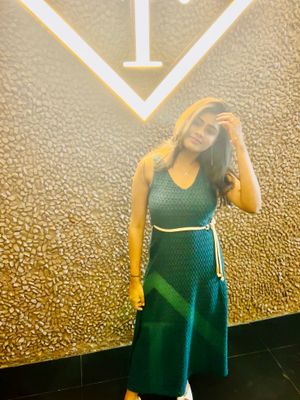- Introduction to Creative Knitting
- Knitting Basics and Techniques
- Creative Knitting Projects for Beginners
- Intermediate Knitting Projects
- Advanced Knitting Projects
- Tips to Enhance Creativity in Knitting
- Conclusion: The Joy of Creative Knitting
Introduction to Creative Knitting
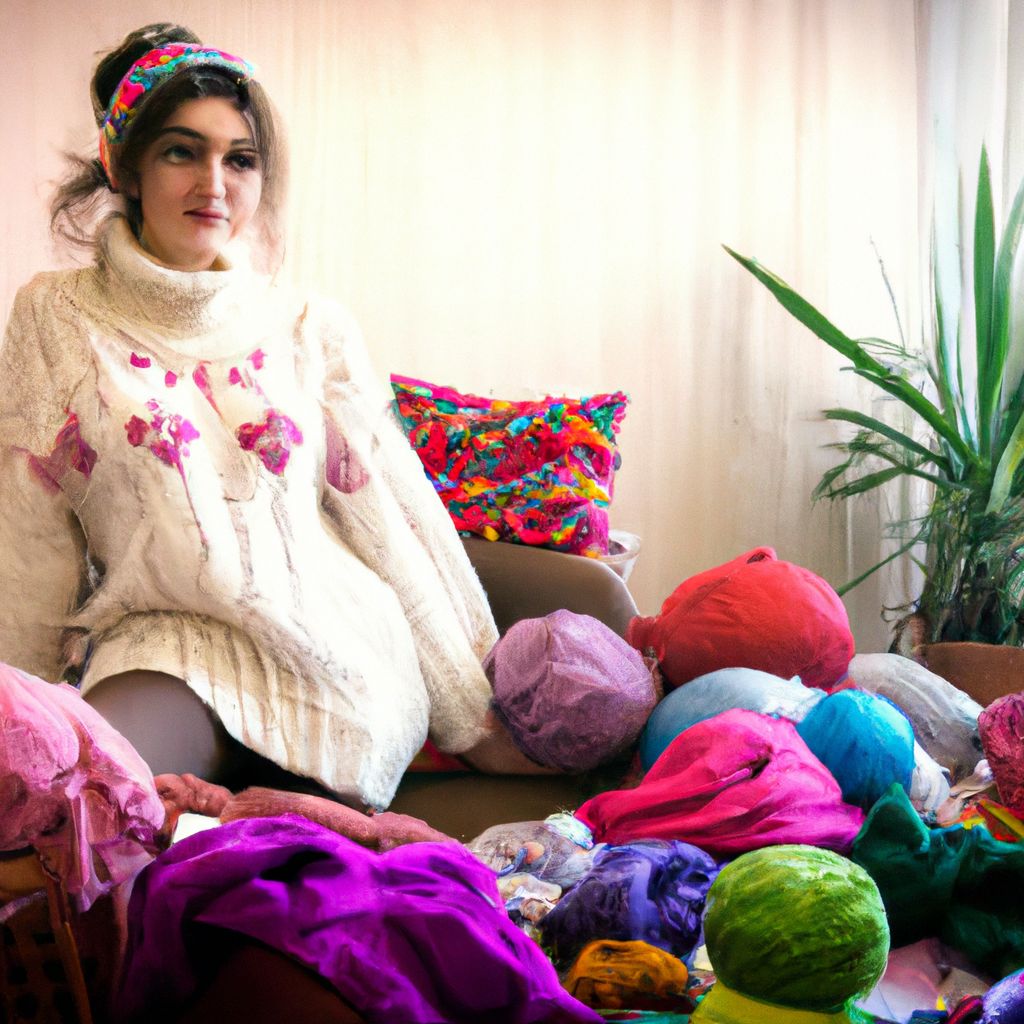
Introduction to Creative Knitting
Creative knitting is a beautiful blend of traditional knitting techniques and imaginative design. It's not just about creating a garment or accessory, but about exploring the boundless possibilities of yarn, needles, and a dash of creativity. Whether you're a beginner just learning how to cast on or an experienced knitter looking for a new challenge, creative knitting offers a plethora of projects to suit all skill levels.
Why Creative Knitting?
Knitting is a craft that has been around for centuries. It's not just a pastime; it's a way to create something tangible, useful, and beautiful with your own two hands. The act of knitting itself can be therapeutic, promoting mindfulness, reducing stress, and even improving cognitive function. Source: Harvard Medical School
However, creative knitting takes this craft to the next level. It's about pushing boundaries, trying new techniques, and coming up with unique designs. This form of knitting allows you to express your creativity, challenge yourself, and create truly one-of-a-kind pieces.
Projects for All Skill Levels
Whether you're a novice or a knitting pro, there's a creative knitting project out there for you. The beauty of this craft is that it can be as simple or as complex as you want it to be. You can start with basic projects and gradually expand your skill set with more challenging designs.
In this article, we will explore a variety of creative knitting projects tailored to different skill levels, from easy-to-knit scarves and hats to intricate sweaters and lace shawls. We will also delve into the world of three-dimensional knitting, colorwork, and other advanced techniques that will stretch your knitting capabilities and fuel your creativity.
Knitting Basics and Techniques
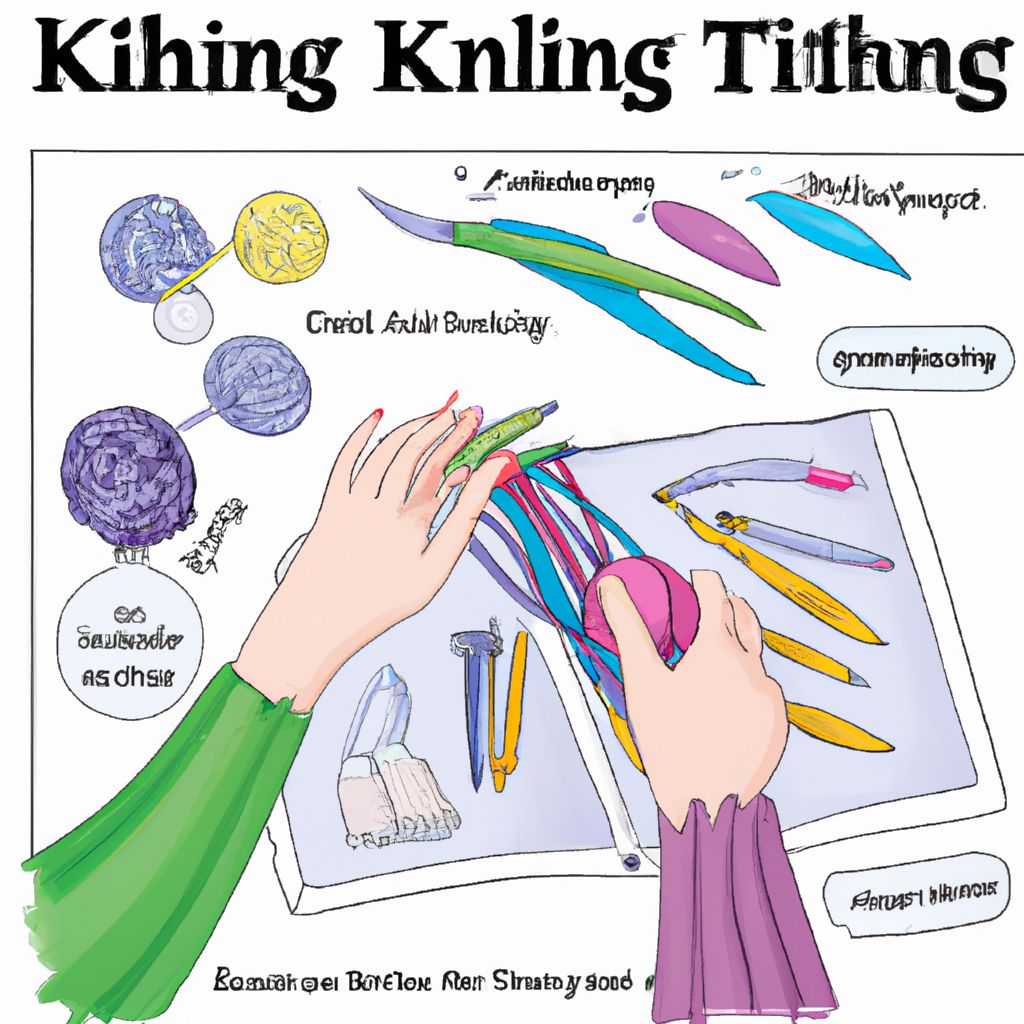
Knitting Basics and Techniques
Knitting Basics
For beginners, understanding the fundamentals of knitting is crucial. This involves familiarizing yourself with knitting tools, learning basic stitches, and knowing how to read knitting patterns.
Knitting Tools
- Knitting Needles
- These are the essential tools for any knitting project. They come in different sizes and materials, such as wood, metal, or plastic.
- Yarn
- Yarn varies in texture, weight, and fiber content. The choice of yarn can significantly impact the look and feel of your final product.
- Stitch Markers
- These are used to mark specific points in your knitting, such as the beginning of a round or the location of increases or decreases.
- Tapestry Needle
- This tool is used for weaving in ends and sewing seams.
Basic Stitches
The foundation of any knitting project lies in mastering the basic stitches, which are the knit stitch and the purl stitch. With these two stitches, you can create a variety of patterns and textures.
Sample patterns: Garter stitch (knit every row), Stockinette stitch (knit one row, purl one row)
Reading Patterns
Knitting patterns can seem like a foreign language to beginners. They often include abbreviations, symbols, and knitting jargon. However, once you understand the basics, reading patterns becomes second nature.
Remember: Practice makes perfect. Don't be discouraged if you don't understand a pattern right away. Take your time, and don't be afraid to ask for help.
Advanced Techniques
For more experienced knitters, there are a plethora of advanced techniques to learn and master. Some of these include:
- Colorwork: This involves knitting with two or more colors at the same time to create patterns or pictures.
- Cables: This technique creates a twisted or braided effect in your knitting.
- Lace: This involves combining increases and decreases to create intricate, openwork patterns.
- Three-dimensional knitting: This technique allows you to create three-dimensional shapes in your knitting, adding depth and texture.
Creative Knitting Projects for Beginners
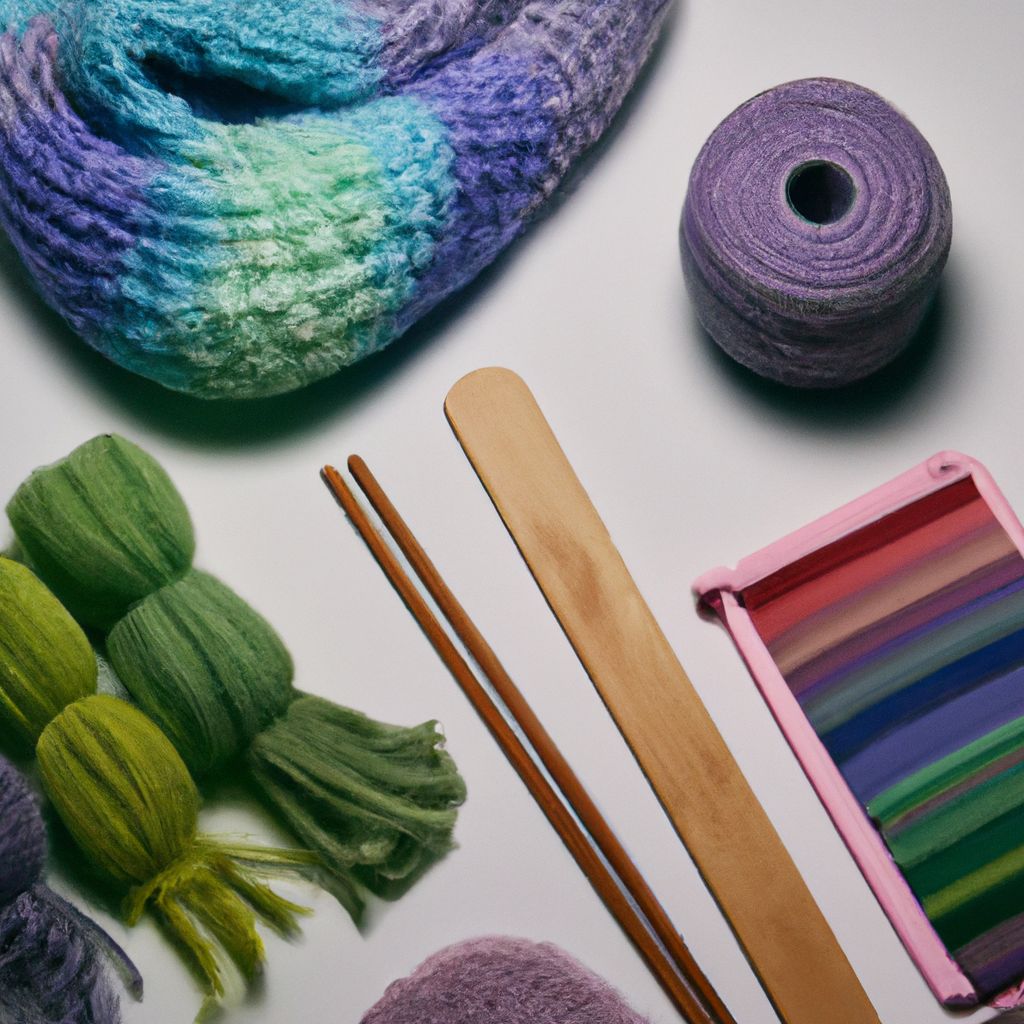
Creative Knitting Projects for Beginners
For those new to the craft of knitting, starting with simple, manageable projects is key. Here are some creative knitting projects suitable for beginners:
1. Basic Garter Stitch Scarf
A basic garter stitch scarf is a perfect first project for a beginner. It requires only one type of stitch and gives you plenty of practice.
Materials:- Size 8 knitting needles
- Two balls of worsted weight yarn
- Cast on 20 stitches.
- Knit every row until your scarf reaches the desired length.
- Bind off and weave in the ends.
2. Cozy Knit Coasters
Coasters are another great beginner project. They are quick to knit and make excellent gifts.
Materials:- Size 6 knitting needles
- Cotton yarn in a color of your choice
- Cast on 15 stitches.
- Knit in garter stitch (knit every row) until your piece is a square.
- Bind off and weave in the ends.
3. Simple Knit Teddy Bear
For those who want to try their hand at making a toy, a simple knit teddy bear is a fun project. It may take a bit more time, but the end result is worth it.
Materials:- Size 6 knitting needles
- One ball of worsted weight yarn
- Toy stuffing
- Two safety eyes
- Follow a simple teddy bear pattern, which usually involves knitting a square for the body, two smaller squares for the head and ears, and rectangles for the arms and legs.
- Sew the pieces together and stuff the bear.
- Attach the safety eyes.
Intermediate Knitting Projects
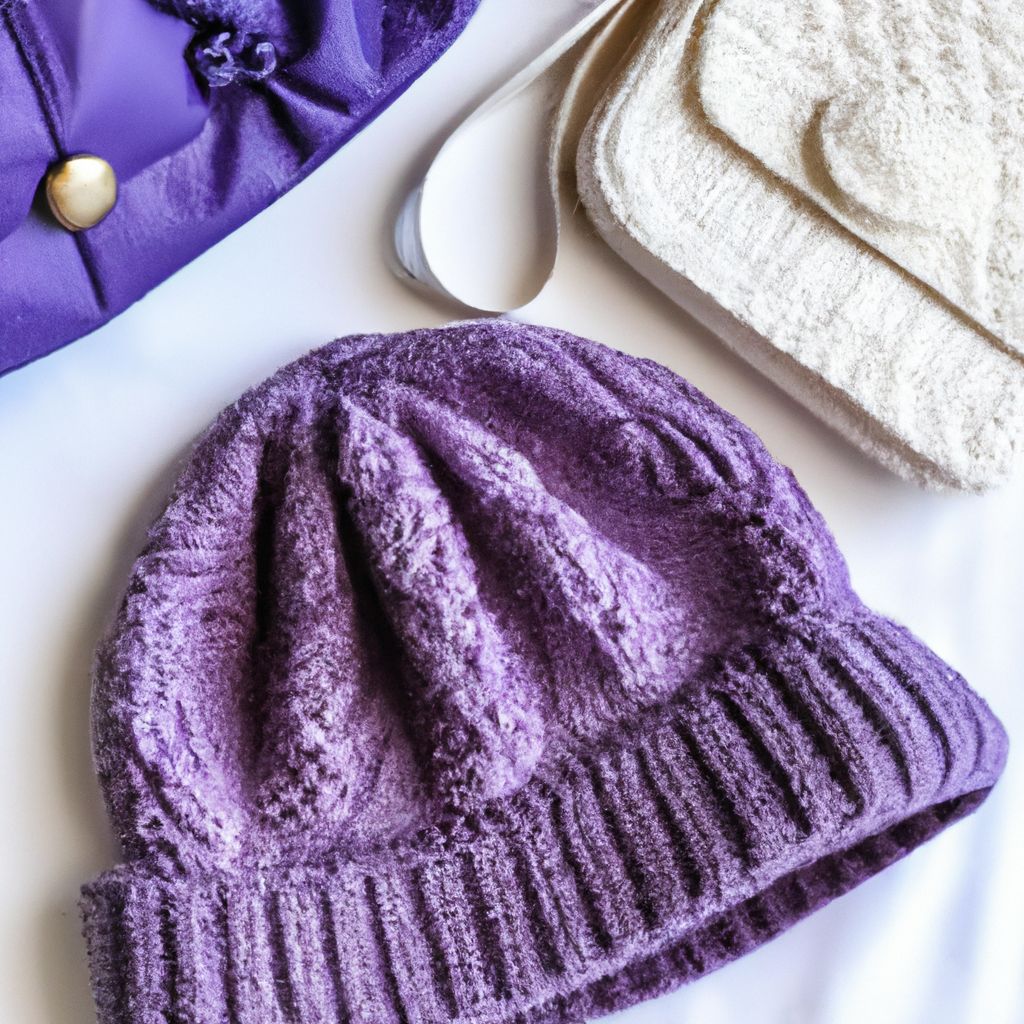
Intermediate Knitting Projects
Once you've mastered the basics, it's time to challenge yourself with more complex projects. Here are some creative knitting projects for intermediate knitters, each introducing new techniques and patterns:
1. Cable Knit Hat
Knitting a hat with a simple cable pattern is a great way to learn how to knit cables. Not only does it expand your skill set, but the result is a warm, attractive hat that's perfect for winter.
Materials:- Size 8 circular knitting needles
- One ball of worsted weight yarn
- Cable needle
- Cast on 80 stitches and join in the round.
- Knit 2, purl 2 for the ribbing until it measures about 2 inches.
- Follow a basic cable hat pattern until the hat measures about 5 inches from the cast on edge.
- Begin decreasing for the top of the hat.
- Once you have only a few stitches left, cut the yarn and pull it through the remaining stitches to close the top of the hat.
2. Knitted Tote Bag
A tote bag is a practical and stylish project. This project introduces the concept of knitting in the round on a larger scale.
Materials:- Size 10 circular knitting needles
- Two balls of cotton yarn
- Cast on 80 stitches and join in the round.
- Knit every round until the bag measures about 12 inches from the cast on edge.
- Bind off 20 stitches at the beginning of the next two rounds to create the handles.
- Continue knitting in the round until the handles are the desired length, then bind off.
3. Lace Scarf
A lace scarf is a beautiful project that introduces the technique of knitting lace. It requires careful attention to the pattern, but the result is a delicate, intricate accessory.
Materials:- Size 6 knitting needles
- Two balls of lace weight yarn
- Cast on a multiple of the lace pattern's repeat.
- Follow the lace pattern until the scarf reaches the desired length.
- Bind off loosely to maintain the stretch of the lace.
Advanced Knitting Projects
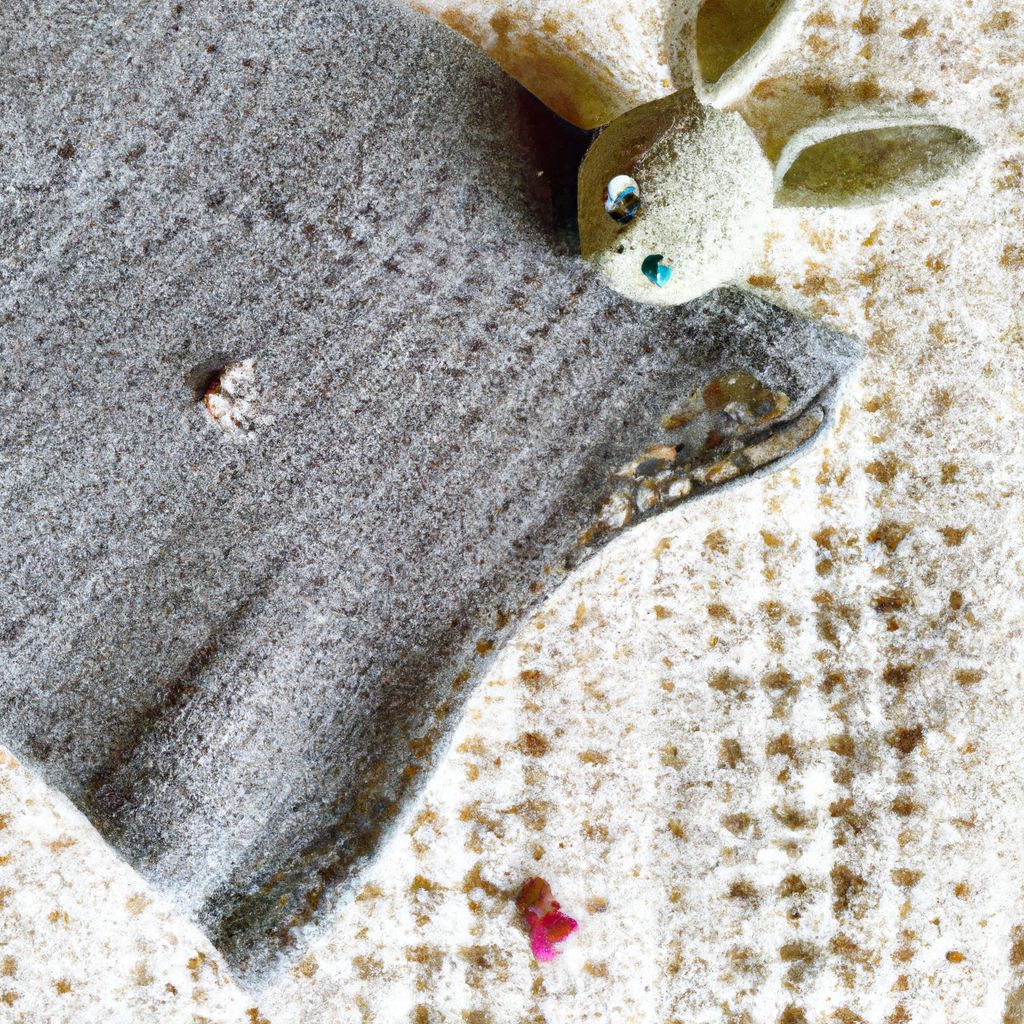
Advanced Knitting Projects
For knitters with a good deal of experience and a desire for a challenge, advanced projects offer the opportunity to truly test your skills and create something extraordinary. Below are some creative knitting projects for advanced knitters:
1. Fair Isle Sweater
Knitting a Fair Isle sweater is a significant undertaking. It involves colorwork, knitting in the round, and often steeking (cutting your knitting to create openings such as armholes or a cardigan front). The result, however, is a stunning, heirloom-quality garment.
Materials:- Size 3 circular and double-pointed knitting needles
- Several colors of fingering weight yarn (exact quantity and colors will depend on pattern)
- Follow a Fair Isle sweater pattern, which will provide specific instructions for the colorwork pattern, shaping, and possibly steeking.
- Block your finished sweater to ensure even stitches and a perfect fit.
2. Intricate Lace Shawl
A detailed lace shawl can be a real showstopper. This project involves advanced lace knitting techniques, including nupps, double yarn overs, and possibly knitting from charts.
Materials:- Size 6 circular knitting needles
- Two balls of lace weight yarn
- Follow a detailed lace shawl pattern, which will provide instructions for the lace patterns and shaping.
- Block your finished shawl carefully to open up the lacework and give it the perfect shape.
3. Detailed Knit Toy
Advanced knitters might enjoy the challenge of a detailed knit toy. This could involve knitting in the round, picking up stitches, intricate shaping, and embroidery for the toy's features.
Materials:- Size 3 double-pointed knitting needles
- Several colors of fingering weight yarn
- Toy stuffing
- Follow a detailed toy pattern, which will provide specific instructions for the shaping, color changes, and finishing details.
- Sew and stuff your toy carefully to ensure it's durable and safe.
Tips to Enhance Creativity in Knitting
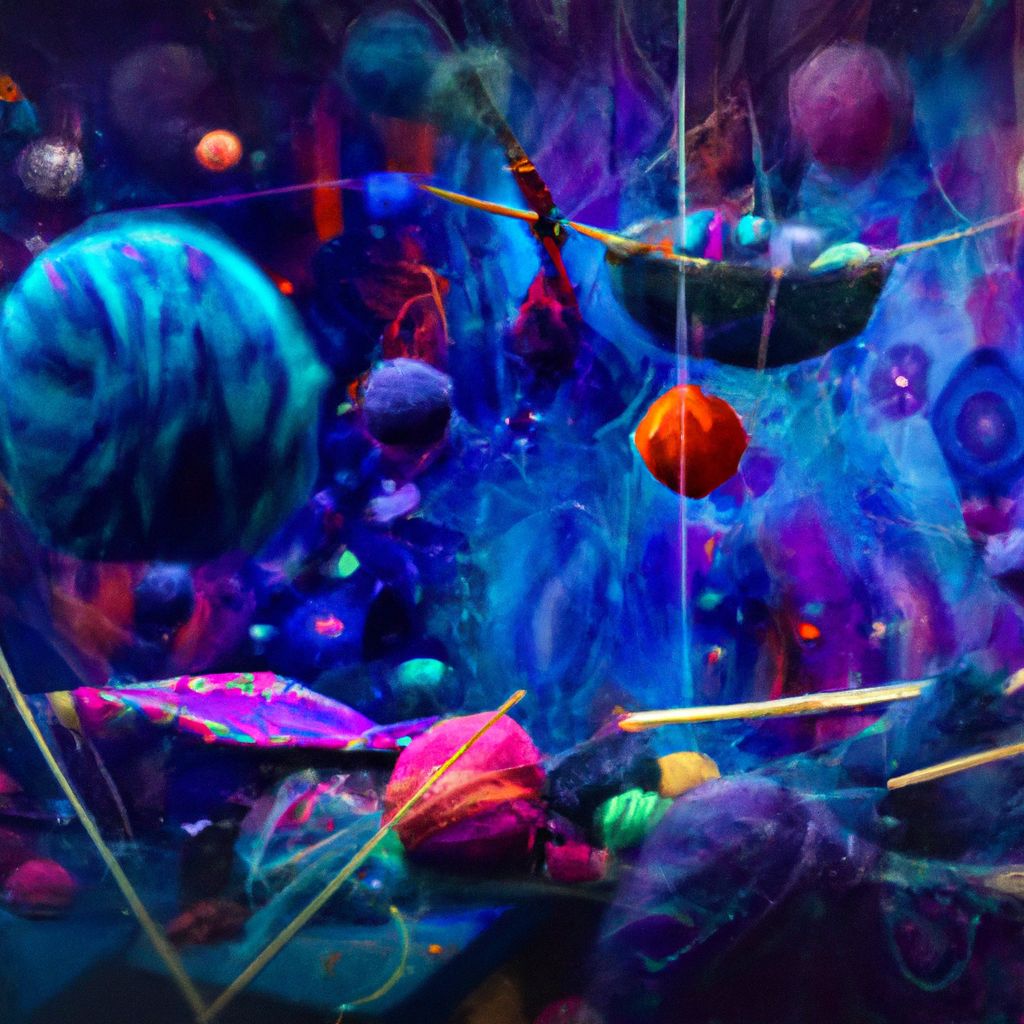
Tips to Enhance Creativity in Knitting
Knitting is not just a craft, it's a creative outlet. Here are some tips to help inspire your imagination and take your knitting projects to new heights:
1. Explore New Stitches and Techniques
Don't limit yourself to the basics. There are countless knitting stitches and techniques to explore, each with its own unique look and texture. Lace, cables, brioche, entrelac - the list goes on. Trying new stitches and techniques can add complexity and interest to your projects.
2. Play with Colors and Textures
Color can dramatically change the look of a knitting project. Experiment with different color combinations, try colorwork techniques, or use variegated yarns for an easy pop of color. Similarly, playing with texture - by combining different yarn types or using textured stitches - can add depth and interest to your work.
3. Personalize Your Projects
Adding your own unique touches to a project can make it truly one-of-a-kind. This could be as simple as adding a pom-pom to a hat, or as involved as designing your own colorwork chart. Don't be afraid to think outside the box and make your projects truly your own.
4. Take Inspiration from the World Around You
Inspiration can come from anywhere: nature, art, fashion, architecture, even a favorite song. Keep an open mind and an observant eye, and you'll find knitting ideas everywhere you look.
5. Don't Be Afraid to Make Mistakes
Mistakes are an important part of the creative process. They're how we learn and grow. So don't be afraid to take risks in your knitting. Even if it doesn't work out, you'll learn something valuable for your next project.
Conclusion: The Joy of Creative Knitting
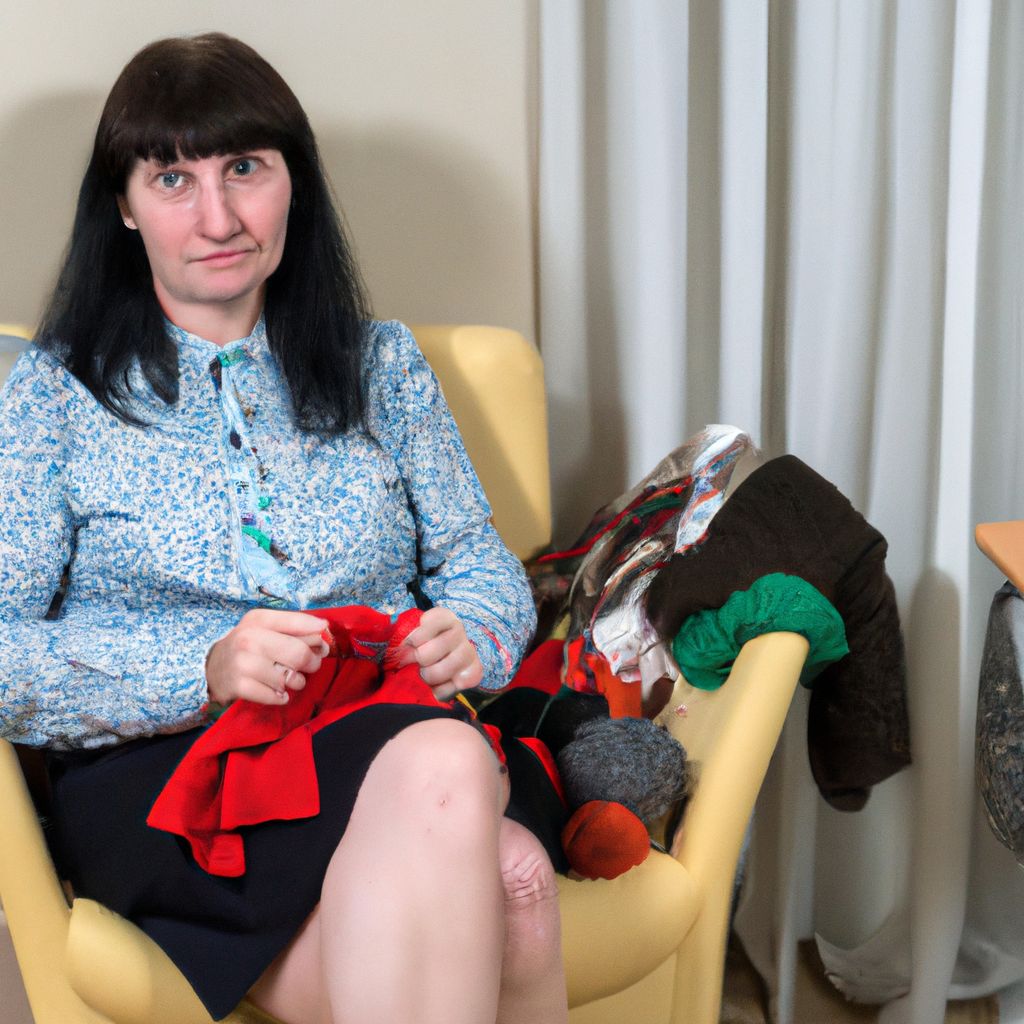
The Joy of Creative Knitting
The joy and satisfaction that come from completing a creative knitting project are unparalleled. Seeing a project progress from a single strand of yarn to a beautiful, tangible creation is a rewarding experience. Every stitch, every row brings you one step closer to that final product, whether it's a simple coaster or a complex Fair Isle sweater.
Knitting is more than just a craft; it's a journey of continuous learning and growth. Each project presents a new set of challenges, a new opportunity to expand your skills and creativity. And the best part is, there's always something new to learn, a new technique to master, a new pattern to try.
So, don't be afraid to pick up your needles and dive into the world of creative knitting. Embrace the challenges, revel in the successes, and above all, enjoy the process. Happy knitting!

